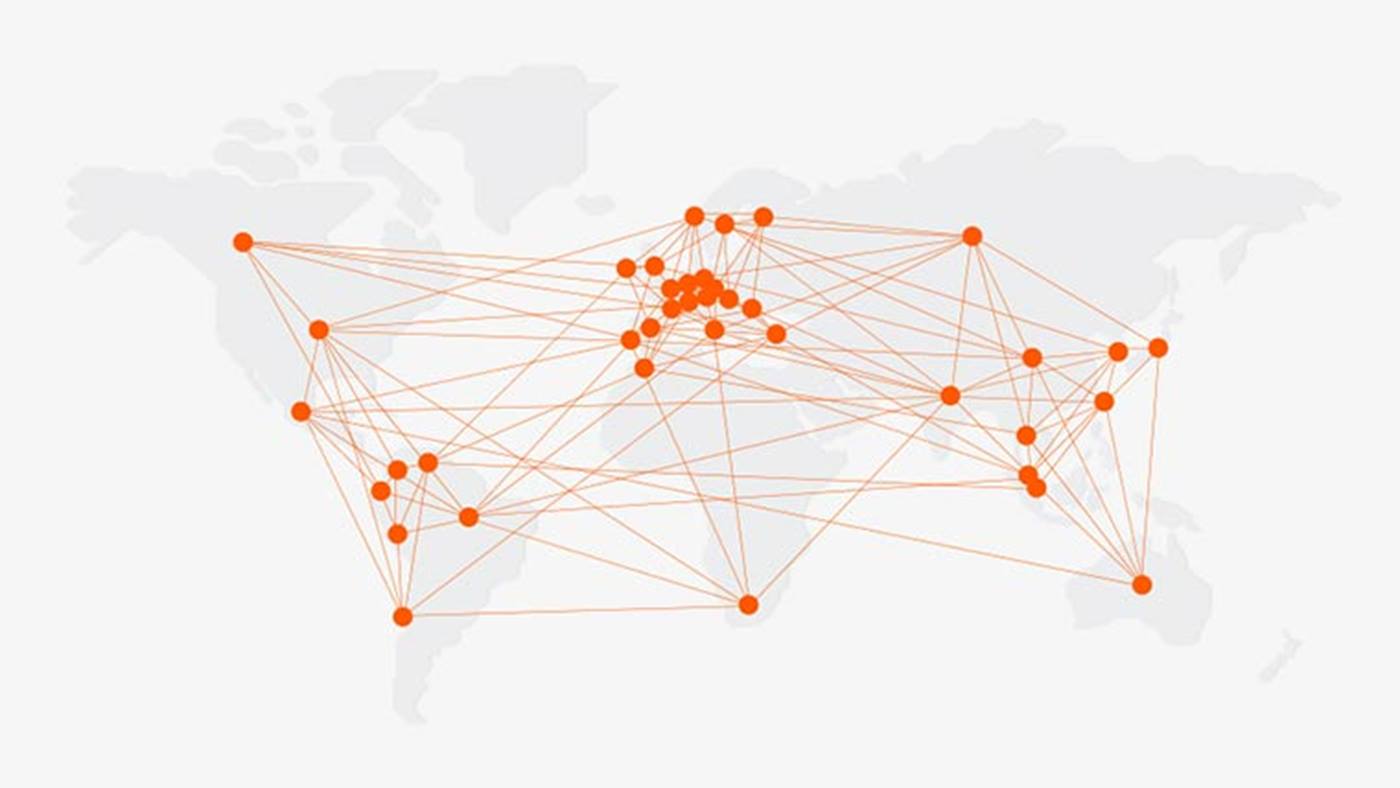Reduction of production time by 50 per cent
Warsaw-based ALNEA Sp. z.o.o. designs and manufactures semi- and fully-automatic mechanical, electrical and pneumatic production and testing devices for specific customer requirements. The Polish company has specialized in the selective soldering process. The ALNEA-ZEUS controller developed some years ago by ALNEA was meanwhile in need of a major update to ensure that it could continue to meet the standards set in the future by the international association of the printed circuit and electronics industries (IPC).
The new version of the soldering controller had to be able to access all process parameters, such as the provision of relevant materials for the soldering process, their exact positioning and the prevention of solder spatter outside the work area. ALNEA implemented the new development in close cooperation with KUKA Robotics in Augsburg. Using a KUKA KR AGILUS robot, it was possible to achieve considerable improvement in the precision of the soldering process, eliminate error sources and reduce the production time by 50 percent.
The soldering process used in so-called through-hole technology (THT) requires the utmost precision. The variable parameters, such as flux quantity, pre-heating time and temperature, wetting time or solder temperature, have a decisive influence on the quality. Furthermore, material-related influences must also be taken into consideration. The small structures and the close proximity of components that must not be wetted leave no room for error.
With THT, repair processes are time- and cost-intensive, often not reproducible and in some cases not even allowed. The goal of the electronics industry is thus the zero-error process. “A reliably controlled selective soldering process is the decisive first step on the path to zero-error production for our customers,” says Krzysztof Kamiński, President of the Board of ALNEA Sp. Z.o.o.
Avoidance of errors by means of process monitoring and correction
One major cause of errors in the selective soldering process is solder bridges. These occur in lead-free soldering, for example, due to the lower weight of the solder alloy or insufficient application of flux. All associated process steps should thus be monitored reliably. Incorrectly or imprecisely positioned modules can also cause problems in the selective soldering process. Monitoring and possible correction of their positions is also of decisive importance.




